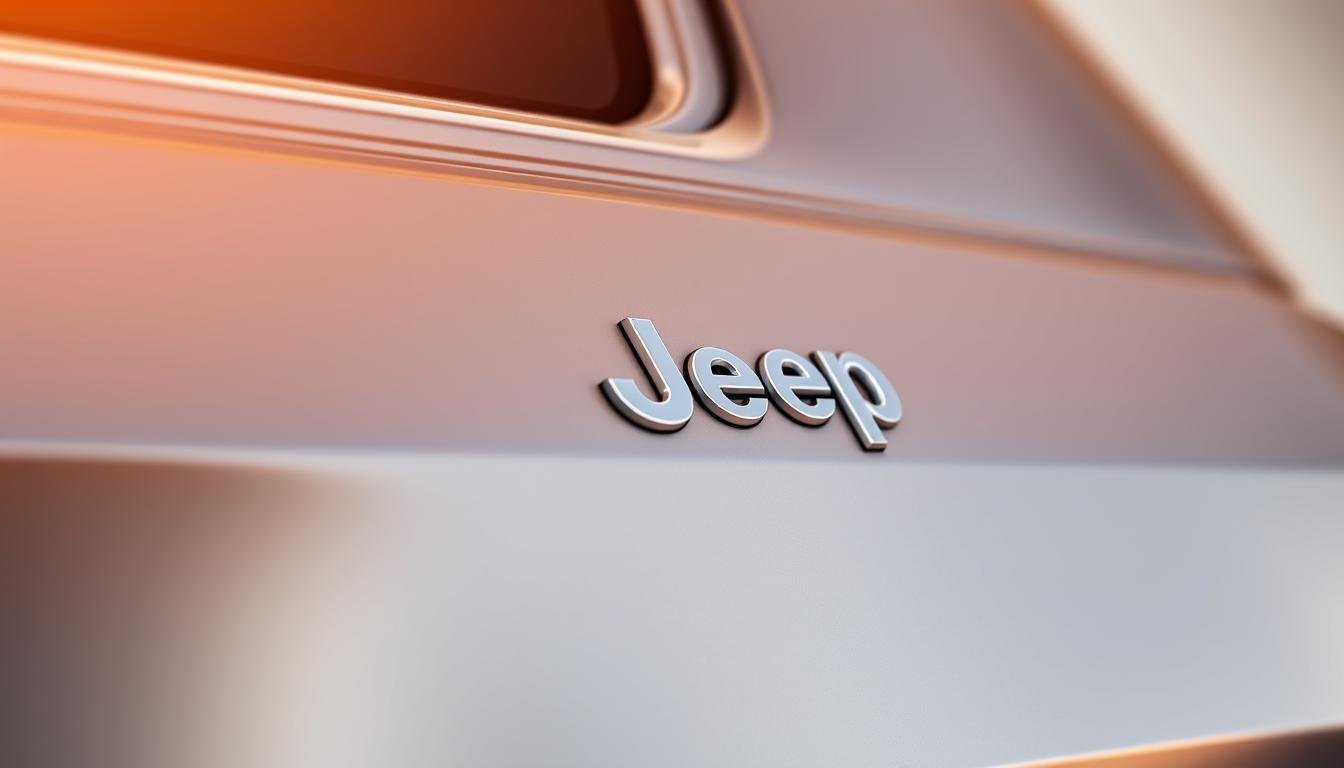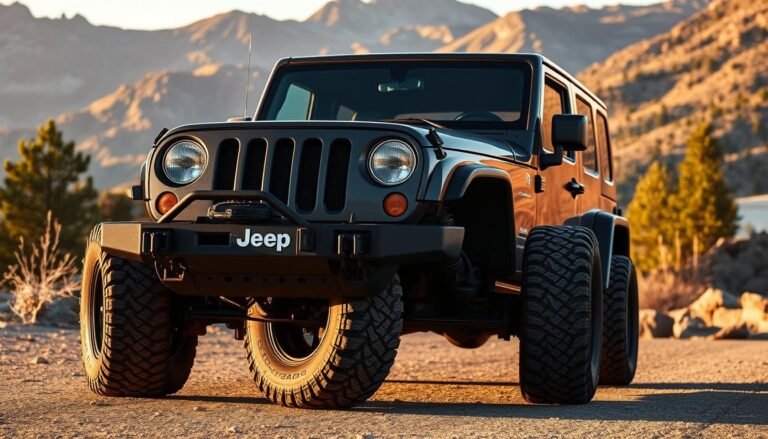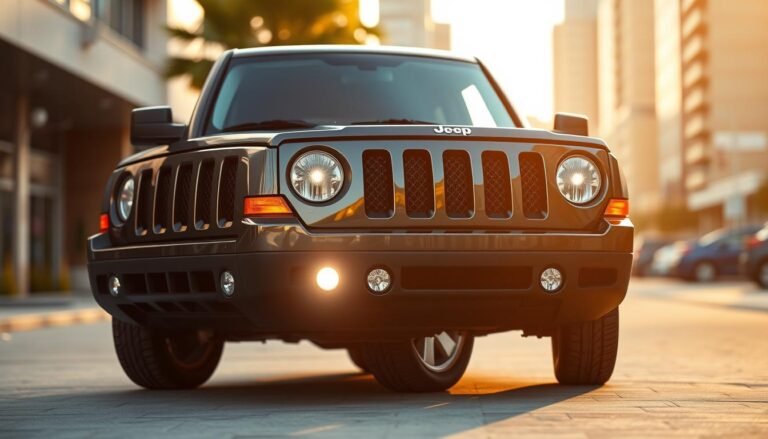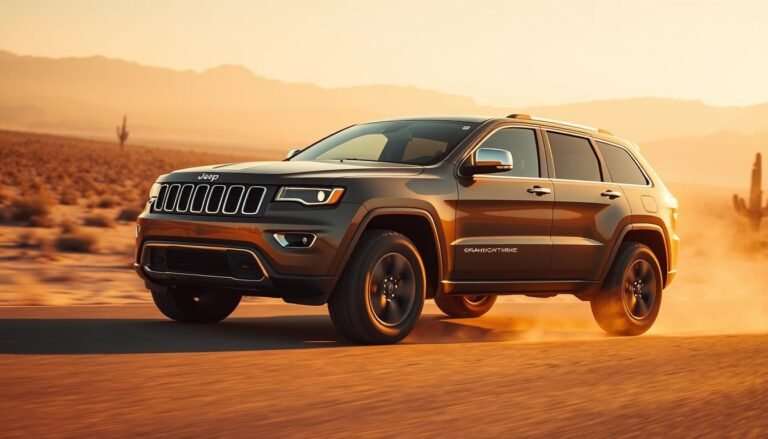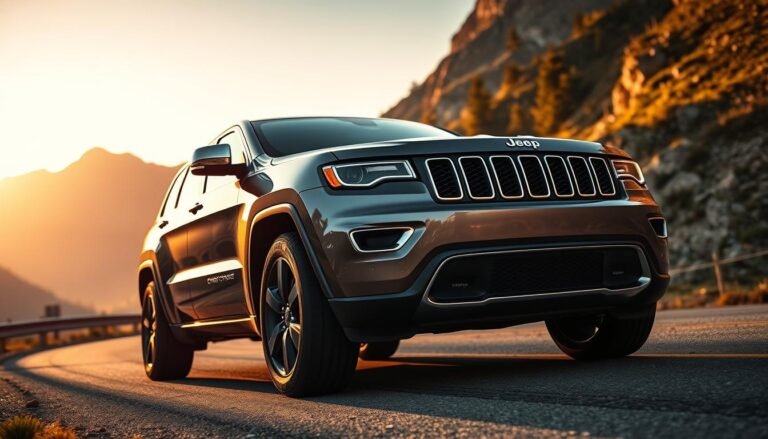Jeep Grand Cherokee Gas Tank Size Guide
The Jeep Grand Cherokee’s gas tank size varies from 24.6 to 30.1 gallons. This depends on the model year and trim.
It’s important to know this to get the most out of your driving, whether it’s everyday trips or adventures off-road.
Knowing your fuel tank capacity helps with planning trips, managing fuel budgets, and getting the best fuel efficiency.
This guide covers the gas tank sizes for different models and generations of the Jeep Grand Cherokee.
You’ll learn how the size of the fuel tank affects how far you can go. This helps you make smart choices about when to fuel up and how to plan your trips.
We’ll also look at how driving habits and keeping your car in good shape can improve fuel use.
Keep reading to find tips that will make owning your Jeep Grand Cherokee even better.
What is The Importance of Gas Tank Size?
The size of your Jeep Grand Cherokee’s gas tank really matters for your driving joy. A big fuel tank means fewer stops for gas, letting you drive longer.
The latest models have a 23-gallon tank. This can get you about 460 to 506 miles without stopping to fill up.
Impact on Travel Range
A big gas tank in your Jeep Grand Cherokee makes road trips better. You can drive longer without stopping. This is great in places where gas stations are rare.
Fuel Budget Considerations
The size of your gas tank affects your fuel spending. Knowing your car’s gas mileage and tank size helps plan your budget. You can figure out how far you’ll go and the fuel cost. This way, you’re ready for the expense on long drives.
Planning Your Adventures
Knowing how far your Jeep can go helps in planning great trips. You can explore new places without worrying about gas.
This planning means you can enjoy surprises on your journey, without forgetting important travel details.
Overview of Jeep Grand Cherokee Fuel Tank Capacity
The Jeep Grand Cherokee’s fuel tank capacity has changed over time. From 1993 to 1998, the tanks held 23 gallons, good for long trips.
The capacity went up to 24.6 gallons with the fourth generation, from 2014 to 2022.
Now, the latest models are back to 23 gallons. This size is great for both gas mileage and performance, matching today’s standards.
Specifications Across Generations
Knowing the jeep grand cherokee fuel tank sizes can help buyers decide on the best model for them.
Here is a table with the tank sizes through the years:
| Generation | Years Produced | Fuel Tank Capacity (Gallons) |
|---|---|---|
| First Generation | 1993-1998 | 23 |
| Second Generation | 1999-2004 | 20 |
| Third Generation | 2005-2010 | 21.5 |
| Fourth Generation | 2014-2022 | 24.6 |
| Current Generation | 2022-Present | 23 |
Comparison of Different Models
Looking closely at different models shows the impact of technology on fuel tanks. Older models had larger tanks, but newer ones are more efficient and cleaner.
This change lets buyers pick models that have the right size and better performance.
Moving from the fourth generation to the newest shows a strong move towards helping the environment without losing travel distance.
Jeep Grand Cherokee Gas Tank Size: Model Breakdown
Knowing the size of the Jeep Grand Cherokee’s gas tank tells us about its performance and how efficient it is. Each new model brought changes in design and bigger tanks.
This helps with saving gas and making the car more user-friendly. Let’s look at the gas tank sizes for different models.
Current Generation (2022-2025)
The newest Jeep Grand Cherokee models have a 23-gallon gas tank. This big tank means you can drive further, whether in the city or out in the wild.
Fourth Generation (2014-2022)
This generation kept a similar gas tank size of 24.6 gallons. But it wasn’t just about size. It also focused on using less fuel to make your rides better.
Third Generation (2005-2010)
From 2005 to 2010, the gas tank size was a bit smaller, at 20.5 gallons. Yet, these cars still performed well and could handle different driving needs.
Second Generation (1999-2004)
The 1999 to 2004 models also had a 20.5-gallon tank. This size was chosen to balance the car’s weight with its need for fuel, aiming for a strong drive.
First Generation (1993-1998)
The first Jeep Grand Cherokee models, made from 1993 to 1998, came with a 20.5-gallon gas tank. These cars set the stage for the later improvements in how fuel is used.
| Generation | Model Years | Gas Tank Size (gallons) |
|---|---|---|
| Current Generation | 2022-2025 | 23 |
| Fourth Generation | 2014-2022 | 24.6 |
| Third Generation | 2005-2010 | 20.5 |
| Second Generation | 1999-2004 | 20.5 |
| First Generation | 1993-1998 | 20.5 |
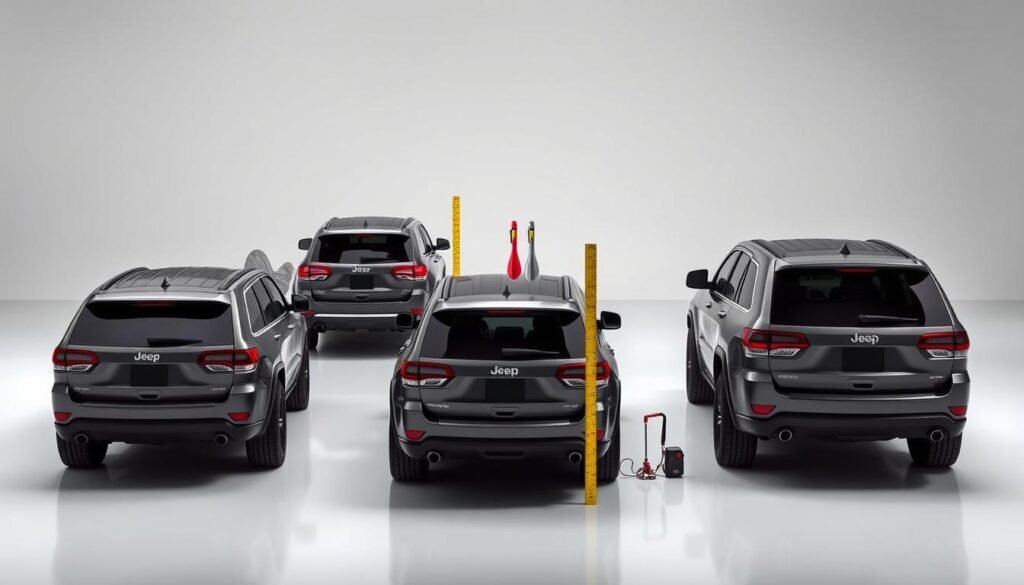
Fuel Economy and Efficiency of The Jeep Grand Cherokee
When looking at the Jeep Grand Cherokee, how much gas it uses is key. Knowing the jeep grand cherokee mpg ratings shows how well it manages fuel.
This info tells you how far you can go on a gallon, helping you keep your fuel spending in check.
What’s MPG Ratings?
The jeep grand cherokee mpg ratings change depending on the model and how you drive. For example, the 3.6L V6 engine models usually get 19 MPG in the city and 26 MPG on the highway.
These figures show the SUV’s good mix of strength and fuel-saving, giving drivers fun and cost-effective rides.
Factors Influencing Fuel Efficiency
Several things affect how much gas your Jeep Grand Cherokee uses. Important factors include:
- Engine Type: Different engines have different fuel economies. Turbocharged ones are often more efficient.
- Vehicle Load: More weight means more gas used because the engine works harder.
- Driving Habits: Fast driving and quick starts can make your MPG lower.
- Terrain: Hills or off-road driving raises power needs, using more fuel.
- Tire Pressure: The right tire pressure can make the car use gas better.
- Maintenance: Keeping your car in good shape helps it use gas more efficiently.
Knowing these factors lets you improve your Jeep Grand Cherokee’s gas usage. This leads to a nicer drive and lowers fuel costs.

Practical Tips For Maximizing Fuel Range
Every Jeep Grand Cherokee owner should know how to maximize their fuel range. Better driving habits and regular maintenance can improve your fuel efficiency.
This means you can go farther without stopping to refill.
Driving Habits for Efficiency
Efficient driving habits can greatly increase your fuel economy. Here are some top tips:
- Avoid rapid acceleration and hard stops to save on fuel.
- Keep a steady speed, especially on highways, to use less fuel.
- Take out unneeded items from your car to reduce weight.
- Use cruise control on long drives to keep your speed even.
- Stop idling. Turn off your engine when parked or waiting.
Regular Maintenance Recommendations
Keeping up with maintenance is vital to maximize fuel range. Here are some important steps:
- Change the engine oil and filter as advised for better performance.
- Keep your tires properly inflated to avoid wasting fuel.
- Change air filters when necessary for better engine air flow.
- Get regular check-ups to fix any issues early.
- Choose high-quality fuel for cleaner engine operation.
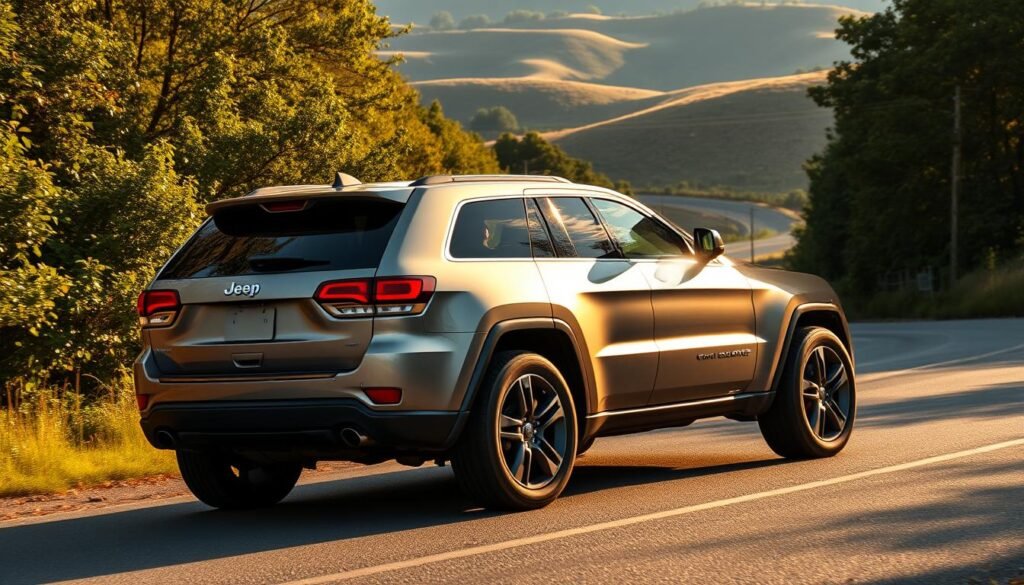
Common Misconceptions about Gas Tank Capacity
Jeep Grand Cherokee owners often misunderstand how much gas their tanks can actually hold. Knowing why these misconceptions exist can guide you when filling up your car.
Knowing Usable Capacity
Confusion about the Jeep Grand Cherokee’s gas tank size often arises from the difference between the stated and actual fillable capacity.
Usually, the tank fills up to only 85-90% of its total size. This is because of a safety feature designed to allow for fuel expansion with temperature changes.
This helps prevent pressure buildup inside the tank, ensuring safety and efficiency.
Fuel System Design Features
The design of the Jeep Grand Cherokee’s fuel system is key in how much gas you can put in.
It is made to keep the fuel pump cool by staying submerged in gasoline. This cooling necessity can also restrict how much fuel you can add at once.
Compromise these design details can clear up any confusion and make refueling smoother.
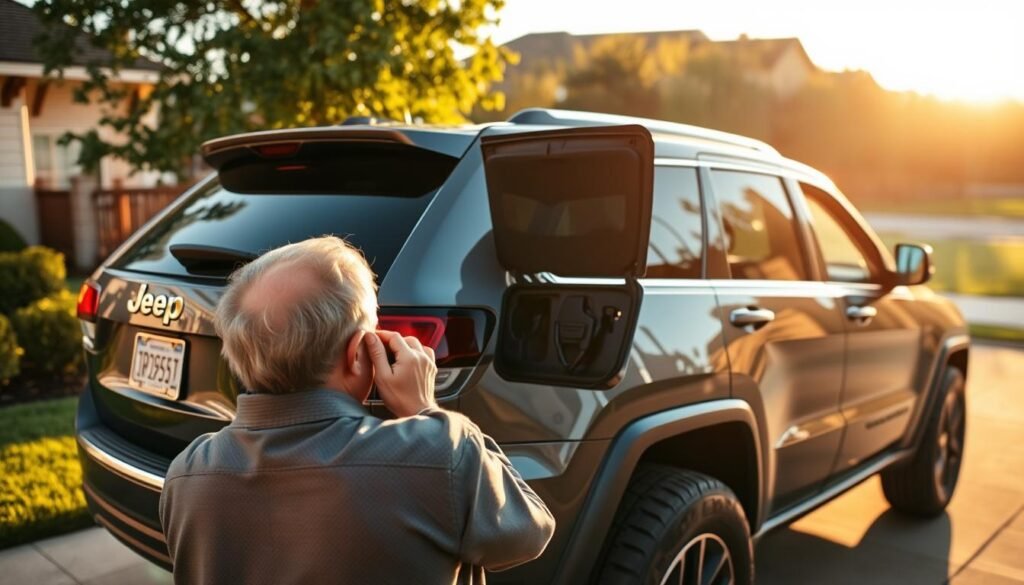
Comparison with Competitors
Comparing the Jeep Grand Cherokee to its rivals is key. It stands out for its fuel tank size and efficiency. This info helps you choose based on what you need.
Fuel Tank Sizes of Similar SUVs
The 23-gallon tank of the Jeep Grand Cherokee is important. Let’s compare it to other SUVs:
| Vehicle Model | Fuel Tank Size (gallons) |
|---|---|
| Jeep Grand Cherokee | 23 |
| Toyota 4Runner | 23 |
| Ford Explorer | 17.9 – 20.2 |
| Nissan Pathfinder | 19.5 |
| Chevrolet Traverse | 21 |
Fuel Efficiency Comparisons
The Grand Cherokee balances tank size with fuel economy. Its efficiency reflects its aim for versatility on long trips. Here’s how its fuel efficiency compares:
| Vehicle Model | MPG (City/Highway) |
|---|---|
| Jeep Grand Cherokee | 19/26 |
| Toyota 4Runner | 16/19 |
| Ford Explorer | 21/28 |
| Nissan Pathfinder | 20/27 |
| Chevrolet Traverse | 18/27 |
Looking at these points, the Jeep Grand Cherokee stands out. It offers a great balance for those who value both fuel capacity and range. This makes it great for adventurers.
Fuel Types and Recommendations For The Grand Cherokee
Picking the right fuel for your Jeep Grand Cherokee is key. It keeps it running well and lasting longer. Knowing the best fuel for your model helps your jeep work best.
It also keeps engine problems away. Different models need different fuels, especially when we talk about octane levels.
Recommended Octane Levels
The standard models with a 3.6L V6 engine need regular unleaded fuel. This fuel should have an octane rating of 87.
This matches the engine’s needs, giving a good mix of performance and fuel economy. But, high-performance models like the SRT and Trackhawk need premium fuel.
This fuel should have an octane rating between 91 and 93. It helps prevent engine knocking, so the engine can run smoothly.
Types of Fuel For Specific Models
Aside from octane levels, different Jeep Grand Cherokee models need different types of fuel. For example, EcoDiesel models must use ultra-low sulfur diesel fuel.
This is important for following regulations and for the engine’s well-being. Using the right fuel makes your Jeep run better and more efficiently.
| Model | Recommended Fuel Type | Octane Level |
|---|---|---|
| 3.6L V6 | Regular Unleaded | 87 |
| SRT/Trackhawk | Premium Unleaded | 91-93 |
| EcoDiesel | Ultra-Low Sulfur Diesel | N/A |
Challenges with Fuel System Maintenance
Keeping your Jeep Grand Cherokee’s fuel system in good shape is key to its performance.
Many jeep grand cherokee fuel system maintenance issues can pop up, surprising owners. Knowing these problems ahead of time can help you avoid them.
Common Fuel System Issues
There are a few issues that come up often. These include:
- Inaccurate fuel gauge readings, which may result from worn fuel pump assemblies.
- Problems with the capless fuel filler system, such as vapor lock.
- Premature pump shutoff during refueling, which can be frustrating.
- Blocked fuel filler necks, impeding efficient refueling.
- Aging fuel filters and pumps that lead to suboptimal fuel delivery.
Recommendations For Troubleshooting
Here are some steps to take for jeep grand cherokee fuel troubleshooting:
- Inspect and replace the fuel pump assembly if you notice faulty gauge readings.
- Check for blockages in the fuel filler neck to ensure smooth fuel flow.
- Maintain appropriate refueling angles to avoid pump shutoff.
- Regularly inspect the fuel filter and pump to prevent unexpected failures.
Conclusion
Knowing the size of your Jeep Grand Cherokee’s gas tank is key for planning trips and saving money. The size varies by model.
The earlier ones might have 20 gallons, but the latest can hold 24.6 gallons. These figures affect how far you can go and how much gas you’ll use.
Using the tips from this guide helps you use less fuel and keep your Jeep running well. Being savvy about your Jeep’s gas needs lets you make smart choices.
This saves gas and makes driving better. Whether you’re going across the country or around town, this info is vital for all Jeep owners.
Managing how you use gas affects your budget and gets you ready for any adventure. With the right knowledge, you can drive smartly and save money.
This makes every journey in your Jeep Grand Cherokee better. Now, you’re all set to enjoy the road ahead.
FAQs
Q: What is the gas tank size of the 2022-2025 Jeep Grand Cherokee?
A: The gas tank size for the 2022-2025 Jeep Grand Cherokee is 23 gallons.
Q: How does the fuel tank capacity of different generations compare?
A: First-generation models, from 1993 to 1998, have a 23-gallon tank. The fourth generation, from 2014 to 2022, features a larger 24.6-gallon tank. The latest models have a 23-gallon tank, improving fuel efficiency.
Q: What is the fuel economy (MPG) for the latest Jeep Grand Cherokee?
A: The latest model with a 3.6L engine gets about 19 MPG in the city. On the highway, it gets 26 MPG.
Q: How can I maximize the fuel efficiency of my Jeep Grand Cherokee?
A: Improve fuel efficiency by avoiding quick starts and hard stops. Keep your speed steady. Also, carry only what you need to reduce weight.
Q: Are there common misconceptions about the Jeep Grand Cherokee’s gas tank capacity?
A: Yes, many think they can fill the tank completely. However, because of fuel expansion space, only about 85-90% actually fits.
Q: What is the recommended fuel type for the Jeep Grand Cherokee?
A: Use regular unleaded fuel, with an 87 octane rating, for standard models with a 3.6L V6 engine. High-performance versions need higher octane fuel, between 91 and 93.
Q: What are some common fuel system issues in the Jeep Grand Cherokee?
A: Issues often include wrong fuel gauge readings and vapor locks in the capless fuel system. Regular checks and maintenance can usually fix these problems.
Q: How do the gas tank sizes of the Jeep Grand Cherokee compare with competitors?
A: The Jeep Grand Cherokee’s 23-gallon tank matches the Toyota 4Runner. It’s bigger than the Ford Explorer’s tanks, which hold 17.9 to 20.2 gallons.

